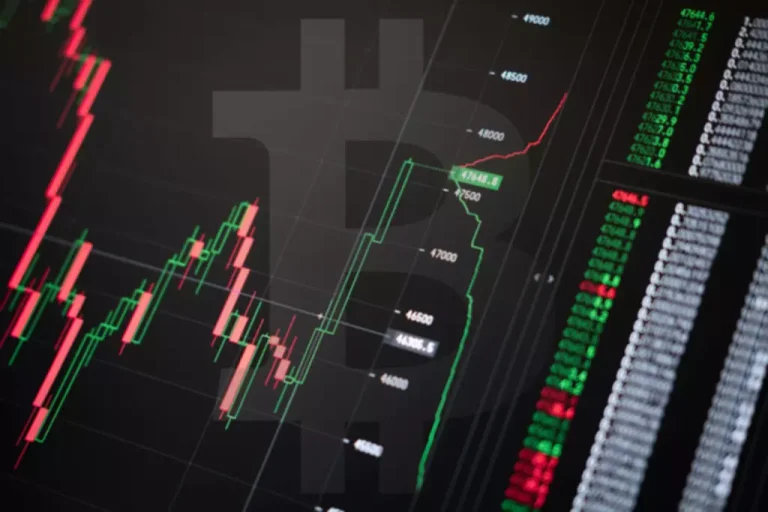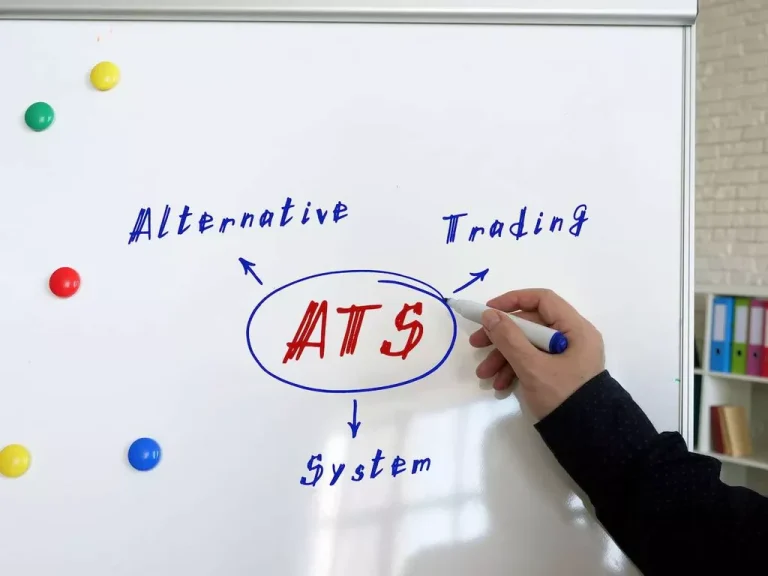These tokens could additionally be used to pay for goods and providers of the project or any such other utility. The improvement timeline for a cryptocurrency coin can range depending on the project’s complexity, features, and assets how to start your own cryptocurrency. On common, it might take anywhere from a couple of months to over a yr to complete the event course of. Understanding these costs can help businesses and entrepreneurs budget effectively for their cryptocurrency improvement tasks, making certain a clean and successful launch. Blockchain has its personal set of security guidelines for making a cryptocurrency.
Hiring Blockchain Developers? Select From The Highest Developers On Unremot
Just like a standard investment portfolio, a crypto portfolio is a group of multiple cryptocurrencies working in identical or totally different sectors, bundled together to swimsuit an investor’s risk profile. It is significant to have a wholesome combine of excellent tokens or cash to construct your crypto portfolio, depending in your danger urge for food and investment horizon. Cryptocurrency is a new and rising asset class that has now grown quickly for the rationale that past few years.

Tips On How To Mint Your Own Crypto Cash: A Step-by-step Information

This means paying consideration to the assorted hashing algorithms and consensuses like SHA256, POW and other components. For occasion, A powerful element of Bitcoin that aid its operation is the Bitcoin algorithm for proof of labor (PoW) mining, which is named Secure Hash Algorithm 256 (SHA-256). Promote it via varied channels, including social media, forums, and cryptocurrency exchanges. Before diving into the technicalities of constructing a cryptocurrency, it is essential to grasp the foundational ideas. A cryptocurrency is a decentralized type of digital or virtual forex that employs cryptography for safety. Unlike conventional currencies, cryptocurrencies operate on a expertise referred to as blockchain, a distributed ledger that information all transactions throughout a community of computer systems.
Embarking On The Cryptocurrency Journey: A Step-by-step Guide To Constructing Your Personal
- Asset allocation means what portion of your entire portfolio might be in cryptos.
- You can easily identify duplicate payments for the same coin, with the help of cryptocurrency wallet app improvement.
- Today, there are about 5,219 cryptocurrencies currently available in the market.
- This means listening to the various hashing algorithms and consensuses like SHA256, POW and other elements.
ICOs are much like IPOs except getting shares buyers receive tokens. Building your cryptocurrency is a multifaceted journey that requires a blend of technical experience, strategic planning, and a deep understanding of the cryptocurrency panorama. By following this step-by-step guide and remaining vigilant in addressing challenges, you can turn your vision of a singular digital foreign money into a reality. Remember, innovation and flexibility are key within the ever-evolving world of cryptocurrencies.
Define Your Cryptocurrency’s Utility
As a number one cryptocurrency wallet growth company, we enable our shoppers to benefit from the proprietary tokens for the business. Building a successful cryptocurrency web site requires cautious planning, effective internet development strategies, and a commitment to high quality content. As per the W3Techs report, WordPress is the most popular CMS platform, with over forty three.2% of all websites utilizing it. This open-source software is understood for its flexibility and scalability, making it a superb choice for building cryptocurrency web sites. With an enormous library of over 58,000 WordPress plugins, customers can customise and create any web site they need, together with cryptocurrency web sites. Blockchain discovered its own place in handling the safety rules to make a cryptocurrency.
Tips On How To Create Your Own Cryptocurrency Guide- Launch Your Coin Or Token
While some instruments could involve a fee, they present a practical answer for individuals less familiar with sensible contract growth. The ERC-20 normal is native to the Ethereum blockchain, while the BEP-20 normal is particular to the Binance Smart Chain (BSC). Both networks empower users to develop and tailor good contracts, facilitating the creation of custom tokens and decentralized functions (DApps). By leveraging DApps, creators can set up dynamic ecosystems that improve the utility and flexibility of their tokens.
Checklist For Starting An Exchange
Clients belief Osiz for its progressive approach and dedication to excellence.Our way? Tailored solutions that meet distinctive enterprise needs, driving development and effectivity. Osiz serves a various clientele, constantly setting new standards within the crypto trade. Developing a model new crypto coin necessitates the creation and upkeep of a blockchain, which can be a time-consuming endeavor. Alternatively, forking an existing blockchain provides a faster route to establishing your coin, as exemplified by Bitcoin Cash (BCH).

Difference Between Coin And Token
Diversification is the key to a perfect crypto portfolio like in your conventional portfolio. It is necessary to know the several varieties of crypto belongings. You have to develop your research and funding strategy based mostly in your threat urge for food. And lastly, don’t fall prey to the web gurus desirous to make you wealthy with cryptos in a single day.

Depending in your chosen path, you could need numerous technical experience. Starting this journey takes bravery, determination, and a great understanding of the cryptocurrency market. So, congrats once more on taking this massive step towards beginning your own business.
This article does not comprise investment advice or suggestions. Every investment and buying and selling transfer includes risk, and readers ought to conduct their very own research when making a choice. You can get both sorts of wallets – hosted and non-hosted – for Chrome, Firefox and other internet browsers. If there are solely a small variety of orders, there may not be sufficient people willing to purchase or promote the coins an investor wants to amass or liquidate. Share your thought and our group will reach out to debate it and provide you with an estimate.
After all this, now it is time to get your cryptocurrency exchange going and get individuals utilizing it. Hybrid change development brings collectively features from both centralized and decentralized exchanges. They have a centralized system for matching orders, ensuring there’s enough liquidity, whereas also utilizing a decentralized system for settlement, which provides safety and transparency. Develop the architecture of your blockchain, together with how data will be structured, the consensus algorithm, and the validation mechanism.
Whether you’re creating a token or coin, you will want to mint the cryptocurrency in some unspecified time within the future. For instance, fastened supply tokens are often minted multi function go by way of a sensible contract. Coins like Bitcoin are minted progressively, as miners validate new blocks of transactions. One of one of the best ways to create high quality content is to offer informative articles and blog posts that cowl a variety of cryptocurrency-related subjects. Ensure that your content is well-researched, correct, and up-to-date and covers various subjects, together with market tendencies, new developments in the business, and regulatory updates.
By the end of this guide, you’ll have a transparent understanding of what it takes to launch your individual cryptocurrency successfully. The rise of cryptocurrencies has reworked the financial panorama, providing a model new frontier for digital transactions and investments. With Bitcoin paving the way in 2009, the idea of digital forex has expanded significantly, resulting in the event of 1000’s of cryptocurrencies. As more companies and entrepreneurs search to enter this dynamic market, the demand for skilled cryptocurrency coin growth services has surged. These providers present the technical experience and strategic steerage needed to create a successful cryptocurrency, from preliminary conception to launch and beyond. Osiz technologies is the most inspiring and main cryptocurrency development service provider in India.
Read more about https://www.xcritical.in/ here.






